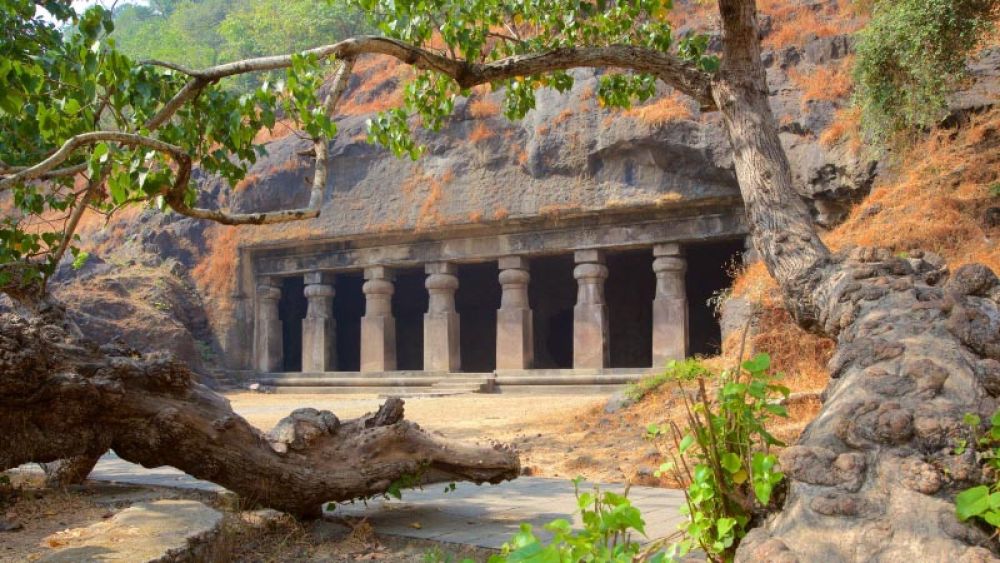

The history of tourism in Maharashtra, one of India's most diverse and vibrant states, is as fascinating as its rich cultural heritage. With its ancient caves, stunning coastline, formidable forts, and dense forests, Maharashtra has always been an alluring destination for explorers and travelers.
The roots of tourism in Maharashtra can be traced back to the times of the Silk Route, where the region served as a strategic trade link between different parts of India and the rest of the world. The development of its ports under various dynasties made it a hub for trade and cultural exchange, inadvertently laying the groundwork for tourism.
The era of British colonialism saw considerable infrastructure development in Maharashtra, including railways and hotels, which made travel more accessible and comfortable. Destinations like Mumbai (then Bombay), with its Gothic and Art Deco architecture, and hill stations like Mahabaleshwar and Matheran became popular retreats for British officials and the Indian elite.
Following India's independence in 1947, the government recognized the potential of tourism as a key economic driver and began promoting historical sites such as the Ajanta and Ellora Caves, which are now UNESCO World Heritage Sites. The establishment of the Ministry of Tourism and Culture in Maharashtra further facilitated the growth of the tourism sector.
In recent years, Maharashtra has diversified its tourism offerings with a focus on adventure tourism, wine tourism, agro-tourism, and spiritual tourism. The state has embraced its biodiversity and unique cultural experiences, turning them into assets that draw in both domestic and international travelers.
The rise of digital marketing and online booking platforms has made tourist spots in Maharashtra more accessible than ever before. The government's support in the form of international tourism promotion campaigns, such as Incredible India, has successfully placed the state on the global tourism map.
Presently, sustainable and responsible tourism is emerging as a significant trend. In line with this, Maharashtra is working on developing eco-friendly tourism models and preserving its natural and cultural sites. Cities like Mumbai are continuously evolving to cater to diverse traveler expectations, from luxury accommodations and fine dining to backpacker hostels and street food experiences.
The state has also tapped into the potential of festivals. Events like the Kala Ghoda Arts Festival in Mumbai and the Nashik Kumbh Mela are huge tourist draws, showcasing Maharashtra’s dedication to celebrating its cultural vibrancy while boosting tourism.
In conclusion, tourism in Maharashtra has evolved from being primarily centered around trade and colonial retreats to a comprehensive sector that promotes a mixture of historical, cultural, adventure, and modern urban experiences. Its ongoing commitment to innovation and sustainability in tourism ensures that Maharashtra will remain a sought-after destination for years to come.